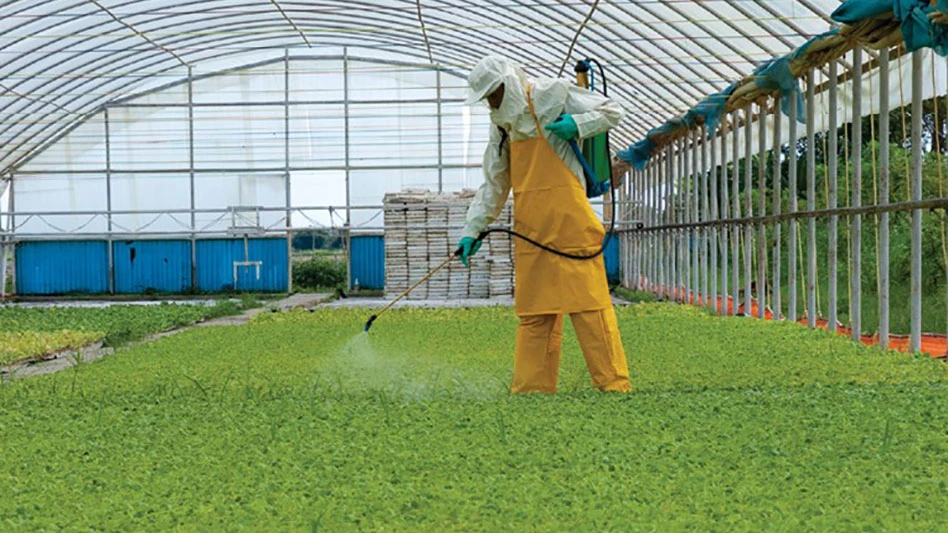

Photo: ©Walter | Adobestock
Keeping accurate records of pesticide use makes good sense. In some cases, you are required by law to maintain records of pesticide use, but having records available can also help you improve your operation. Pesticide records may assist you with the following:
- To evaluate how well a chemical worked, particularly if you used reduced rates or alternative application techniques
- To determine how much pesticide you will need in a future year to potentially avoid storing or disposing of extra chemicals
- To prevent carryover injury and improve rotation decisions
- To save money by helping a manager determine the best pesticide management program
- To provide data to respond to surveys conducted by federal agencies and universities that can impact the re-registration and availability of some pesticides
- To respond to the public’s concern regarding pesticide use
Detailed records of any pesticide application should include the following information:
- Date of spray application
- Name, classification, amount of active ingredient and registration number
- Amount of material and water mixed for the application
- How much of the pesticide was applied
- Where the pesticide was applied
- Square feet or number of pots treated
- Type of application method (wet spray, fog, etc.)
- Applicator’s name
- Labor hours

Explore the September 2022 Issue
Check out more from this issue and find your next story to read.
Latest from Greenhouse Management
- Anthura acquires Bromelia assets from Corn. Bak in Netherlands
- Top 10 stories for National Poinsettia Day
- Langendoen Mechanical hosts open house to showcase new greenhouse build
- Conor Foy joins EHR's national sales team
- Pantone announces its 2026 Color of the Year
- Syngenta granted federal registration for Trefinti nematicide/fungicide in ornamental market
- A legacy of influence
- HILA 2025 video highlights: John Gaydos of Proven Winners





